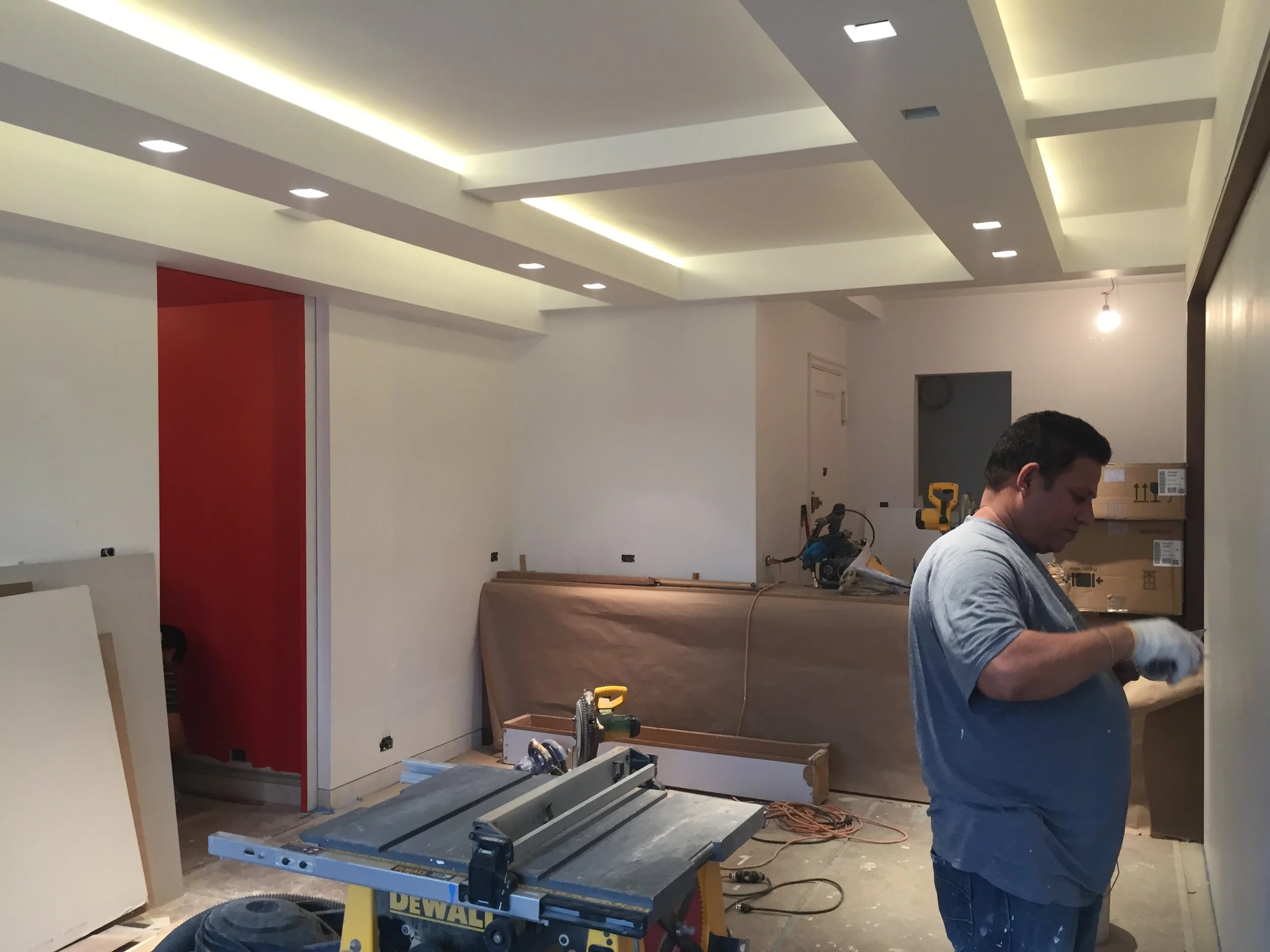General Conditions - the invisible and essential line item in a home build
What makes an architect-designed home cost so much more than a production home? What separates custom homes from other types of buildings?
It must be that capricious architect in their silk scarf and round glasses, ratcheting up the price with their “details” and their “fixture schedules”.
Not exactly. Even if that same architect was designing an office building or an apartment building, this line item would not be as high.
The culprit - General Conditions. With a name as innocuous as that, you’d think it was some clandestine Pentagon operation with a $50 Billion a year mystery budget doing the unthinkable.
But no, General Conditions are the contractor’s costs associated with administration and management. Think logistics, administration, coordination — all the stuff that makes a job site function smoothly (or fall apart when ignored).
The best managed projects are ones where there are two people, the Project Manager (in the office, coordinating schedules, placing orders, communicating with the architect and client) and the Site Superintendent (managing the tradespeople, accepting deliveries, working with inspectors).
Why does this cost more for an architect-designed, one-off house that it does for a production house? Those Garrett and MainVue houses don’t have the level of supervision (or detail to need supervision). The developers get by managing them with personnel assigned to multiple houses at once, spreading the cost. While many say general conditions range from 10-20%, for some houses it could be 25-30% or even higher.
Still not convinced? Think about how much detail, precision, and varied materials are coming together in a random 10 square feet of a house vs in a warehouse. If your random 10 sf landed you in the kitchen or bathroom, the difference is beyond compare.
Here’s a list of common General Conditions:
General and accounting
Site setup and maintenance (fencing, security, toilets, dumpsters)
Insurance and permits
Material handling and storage
Cleanup (day-to-day and final)
Trash removal
Finish Protection
Scaffolding and hoists
Temporary utilities
Imagine if you could live without any of them.

